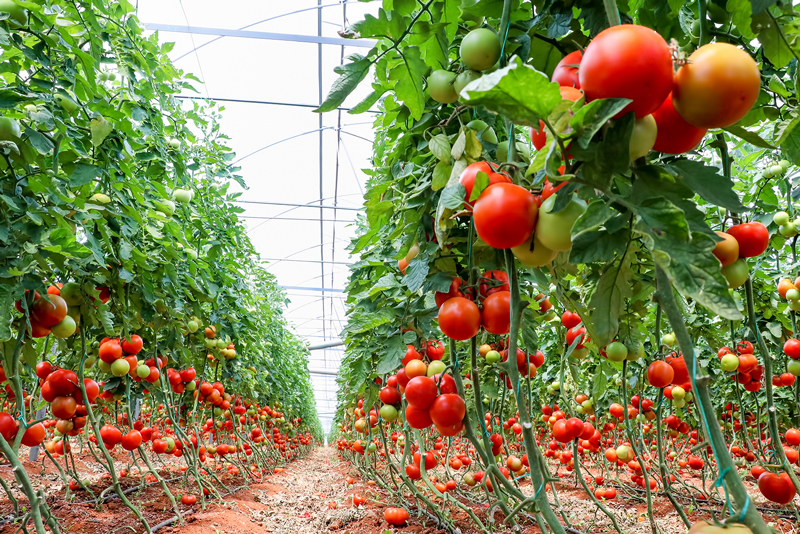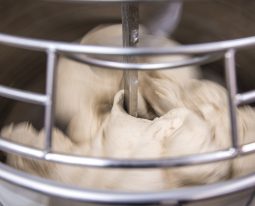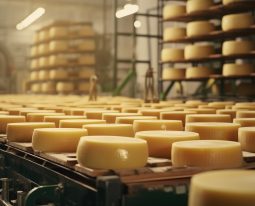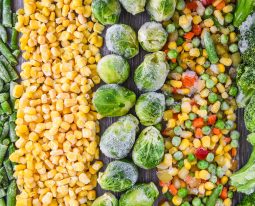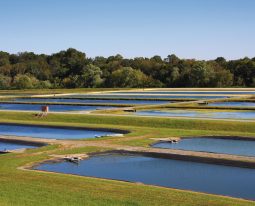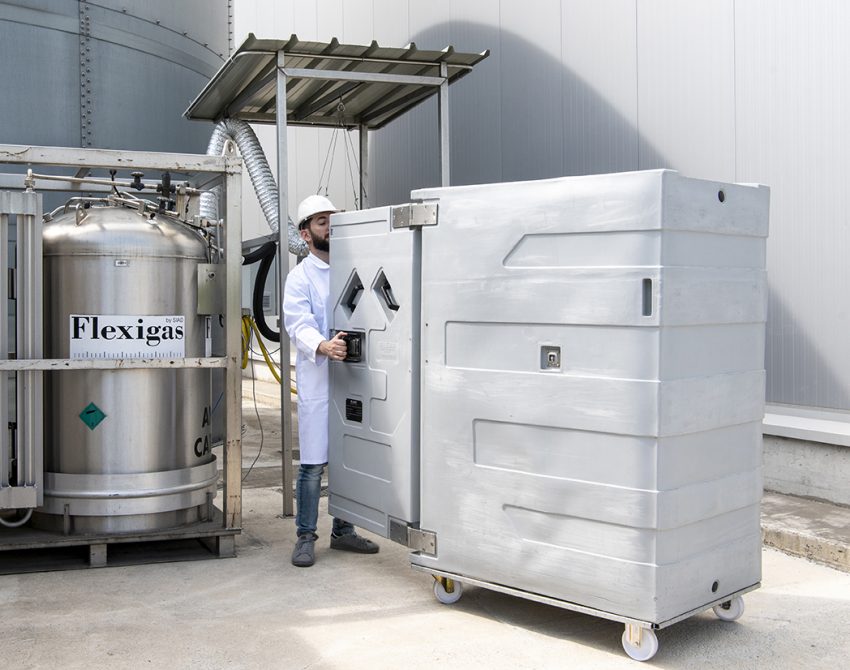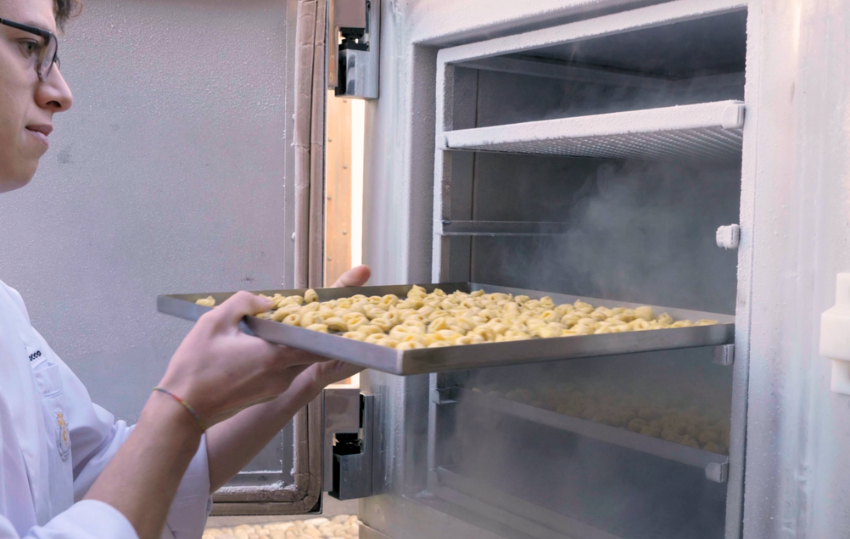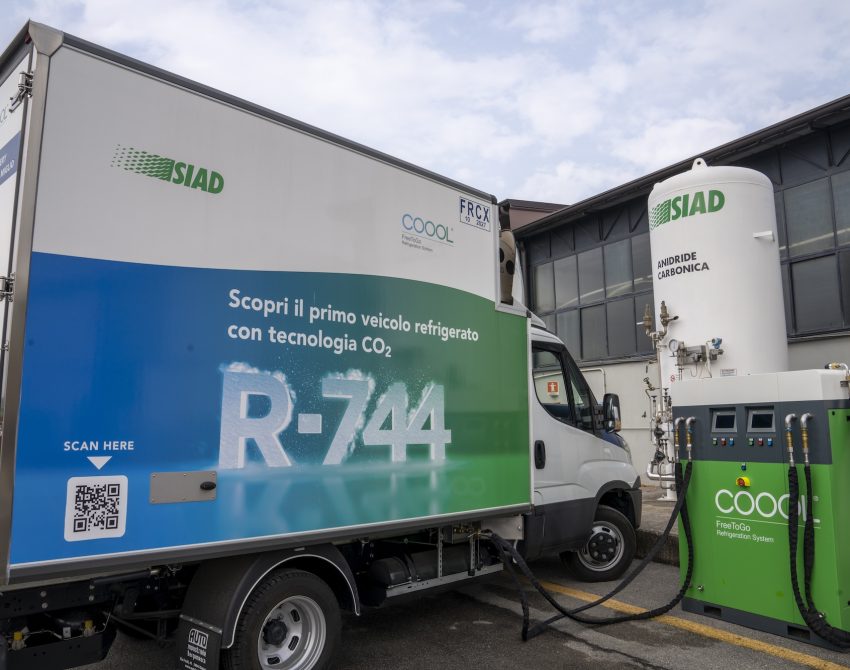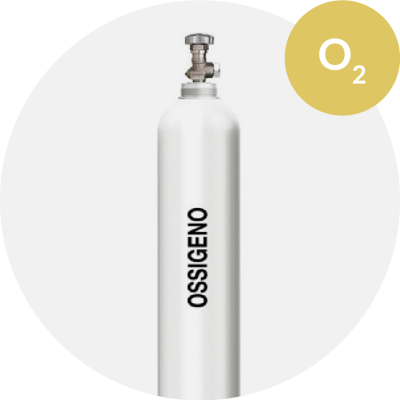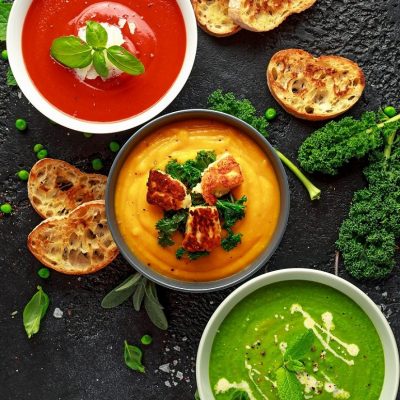The indoor farming sector is growing more and more, outlining a clear trend: protected agriculture, in order to also meet the growing needs related to sustainability, is increasingly taking its place alongside traditional agriculture.
There are many private and public investment projects in the implementation of indoor agriculture facilities: the main reasons are many and to be found in the need for new solutions to the pressing issues related to consumption containment and resource efficiency, climate change and available green space.
The expansion of the controlled environment agriculture market ( CEA, Controlled Environment Agriculture) is facilitated by technological advances made in the field: design of artificial lighting facilities and systems specific to the indoor environment, as well as automations To control parameters such as temperature, light, humidity and air recirculation, as well as for the CO2 content managementIn the growth room.
The gases and different applications can meet different needs in the cultivation of vegetables, mushrooms, medical and ornamental plants, flowers and microalgae.
But, in particular, the importance of gases in the industry lies precisely in their ability to be used in all types of indoor cultivation structures and methodologies.
With respect to structure types we can mention:
- GreenHouse: traditional greenhouse production, most common for plants, tomatoes and vegetables in general;
- Vertical farm (or indoor farming): the new frontier of protected cultivation in vertical greenhouse.
The main methodologies are:
- Ground cultivation of traditional type with seed planted in the soil;
- Cultivation above ground, with roots in water, air or draining substrates (aeroponics, hydroponics and aquaponics).
Specifically, the very compartment of the Above-ground cultivation, according to data from PitchBook, a company analyzing the innovation investment market and reported by Il Sole24Ore, has reached, worldwide, a turnover of $4 billion (taking into account the equipment, labor and materials required) and growing at the rate of 25 percent per year.
Italy actually lags behind the trend of indoor cultivation. While at first analysis, it seemed not to be an indispensable solution, going into the specifics of the production fabric and climatic characteristics of our area, we find that this is not the case.
Indoor cultivation, all the benefits
The benefits in terms of sustainability, fertiliser saving and energy integration through renewable sources (less water wastage, use of solar panels, …) are undisputed and have brought the issue to the forefront in our country as well, with many entities taking action in an organized and structured manner. In addition to this, the attention of public institutions interested in giving new life to disused urban spaces is also growing.
What’s more, indoor cultivation proves to be a highly profitable business for companies aiming for greater market opportunities, with the ability to schedule production, achieving decidedly high quality standards.
The use of gases in various types of indoor agriculture
As we have seen, the use of gases is widespread and compatible with all types of indoor cultivation currently in use, but let us look specifically at the fields of application and the technologies involved.
Carbonic fertilization
Carbonic fertilization is the technique that is of crucial importance in order to increase productivity in protected cultivation.
Monitoring the concentration of carbon dioxide (CO2) is crucial because the timely setting of this gas, by increasing its content, promotes chlorophyll photosynthesis, a process necessary for plant nutrition and growth.
Depending on the type of plant, it has been estimated that the dosage of carbon dioxide in the growing environment increases the productivity of the greenhouse by up to 40 percent, improves the uniformity of size, shape and color of various products.
Enriched irrigation
We are in the field of above-ground cultivation and specifically hydroponics.
This type of indoor cultivation involves immersing the plants’ root system (fully or partially) in water, rather than in soil.
The gas involved, in this case, to optimize agricultural practice, is mainly oxygen. Indeed, the use of O2-enriched water (but also from performance gas mixtures) promotes efficient plant growth and maintenance.
Other fields of application: thermoregulation, extraction and protective atmosphere
The range of gas applications in indoor agriculture is really wide, we mention here some more examples.
- Substrate thermoregulation: especially in the management of substrate transport, which is used in mushroom cultivation. Through the use of carbonic snow it is possible to control the temperature of the substrate, which would otherwise rise, causing premature sprouting of the product;
- Extraction: especially indicated for the production of extracts from medical hemp is an operation that acts to extract THC and biochemicals with dry ice and/or supercritical carbon dioxide;
- Protective atmosphere: the use of pure or mixed gases for storage is suitable for all productions.
The commitment of SIAD and the Gas for Life Laboratory.
The SIAD Group’s efforts are in the direction of a constant process of research and development aimed at expanding our expertise and fostering the efficient turn around in the field of gases used for indoor cultivation.
We guarantee the highest quality for partners who rely on us, starting with a few cornerstones and unique know-how:
- Eco-virtuous CO2: CO2 produced by our group is 100% recovered from biogas supply chain;
- Microbiologically Tested Protocol: our protocol for verifying the safety and microbiological quality of food gases has become of a reference for inspection agencies and supervisory bodies;
- TPI: Tecno Project Industriale, a group company that designs and builds CO2 recovery and capture plants and biogas upgrading plants;
- Technical support: specialized knowledge, with proven experience in the field and gas distribution and plant solutions developed on the needs of individual cases.
The R&D lab and future plans for indoor cultivation
We have structured an innovative research and development laboratory to identify new products, methodologies and applications of gases in the medical and food fields.
At this time, new mixtures with performance gases are being investigated in order to improve production, resistance, and storage of vegetables in hydroponics and MAP, as well as solutions to avoid pesticides in recirculating water in aboveground cultivation.
In addition, collaboration with our partners stimulates the study of new solutions that can improve the industry from practical and specific cases. For example, the new tests on carbonic fertilization to promote photosynthesis of certain plants or the study of a water solution enriched with performance gases to promote plant growth, which arose from collaboration with a company that produces vegetables in hydroponics.
SIAD does not stop at gas supply alone: it has always been oriented toward experimentation, working alongside the client in the search for innovative solutions.
